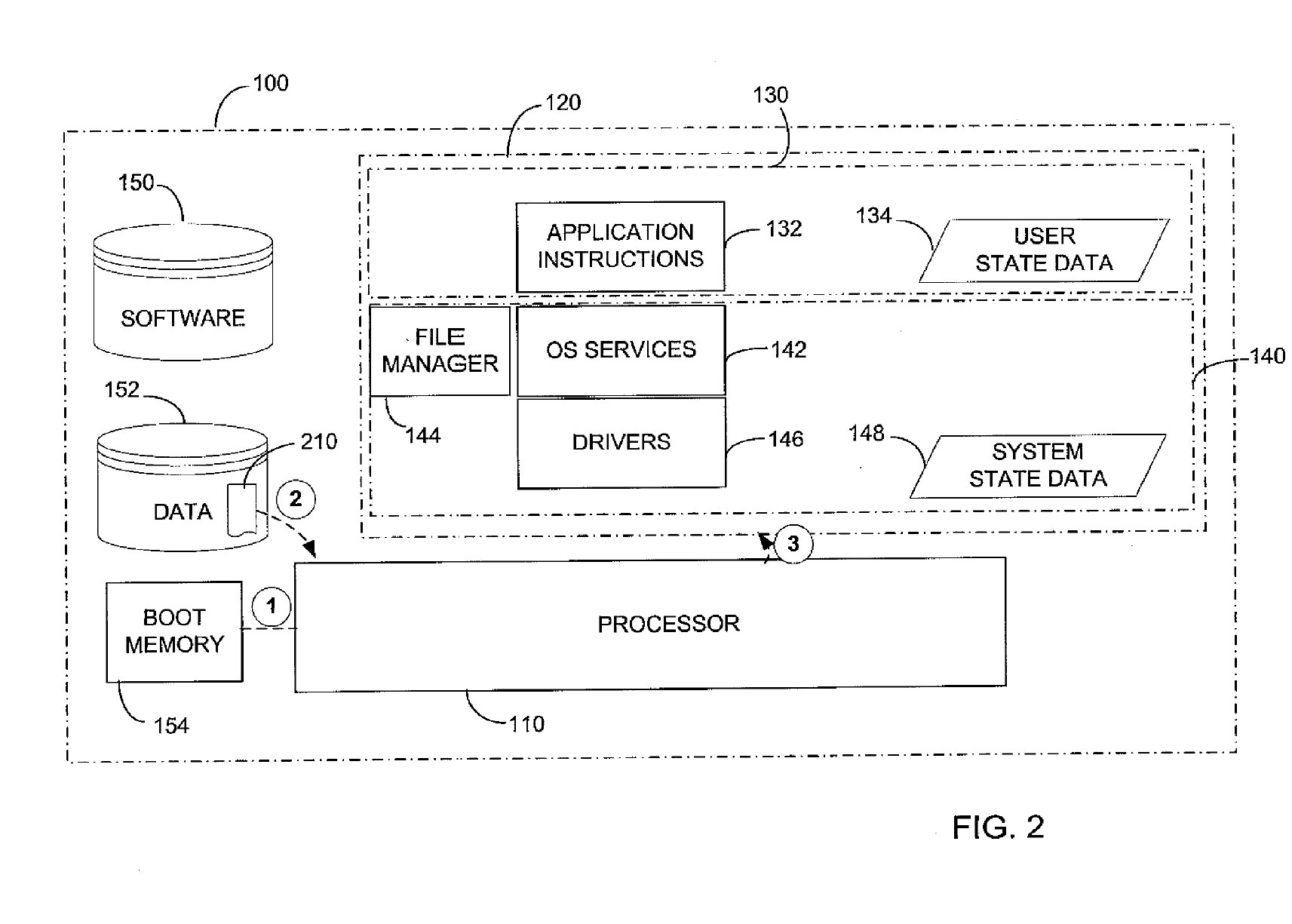Microsoft to Expand Hibernation for Fast Windows Startups
Microsoft has filed a patent that is extending the use of a hibernation mode of a Windows PC to enable faster startup times.
The company apparently intends to use hibernation as the standard shutdown method and only fully power down a computer when it is absolutely required, for example due to a configuration change of the OS.
In a patent application filed with the USPTO, Microsoft says that a general startup would only require a partial startup sequence by copying a hibernation file that is created during a shutdown from non-volatile memory, such as an SSD or HDD, to the volatile memory, such as DRAM, of a computer to enable startup times that are comparable to the wakeup times today. Specifically, the patent application explains a startup that covers:
"conditional processing that may include determining whether a hibernation file exists. If so, a further check may be made on whether it is possible that the target state of the computing device could have changed between the time when the hibernation file was created and the time at which the startup command was received. If events that could have caused a change in state are detected, the computing device may perform a full startup sequence."
The idea is that information can be copied from a hibernation file faster much faster than the software would need to load and configure "tens of thousands" of components at startup.
Get Tom's Hardware's best news and in-depth reviews, straight to your inbox.

Douglas Perry was a freelance writer for Tom's Hardware covering semiconductors, storage technology, quantum computing, and processor power delivery. He has authored several books and is currently an editor for The Oregonian/OregonLive.
-
bourgeoisdude Isn't this what they're already doing for Windows RT? I'm pretty sure I read about it on one of the building Windows 8 articles.Reply -
djscribbles Last I heard, they were simply hibernating the kernel session while the user session is rebooted. (which I'm assuming is the core of this filing, despite the pretty ambiguous info in this article)Reply
It's a pretty cool idea as long as it's robust enough to reboot the kernel when HW changes occur. -
waethorn bourgeoisdudeIsn't this what they're already doing for Windows RT? I'm pretty sure I read about it on one of the building Windows 8 articles.Reply
Not Windows RT. Windows RT actually doesn't use Hibernate because ARM processors can almost completely shutdown even when the OS is not in a shutdown state. ARM processors can even maintain sound and network streams and shut down all other processing, while the OS is in a "standby" state. Power management on ARM is different from x86.
On x86 processors, Windows 8 already does the hybrid hibernate feature explained in the article. There have been previous software packages from motherboard makers that do this in Windows 7 as well (Asrock Instant Boot, for instance). Now it's patented. -
Osmin I always like to hear about core OS improvements from MS, since we are usually waiting several years before we actually see it in a shipped product.Reply -
waethorn BTW: This is how Windows 8 is able to boot in as little as 5 seconds on a UEFI + SSD equipped PC. If you do a full, cold shutdown (you can disable hybrid hibernate), it takes longer than that to boot. Also, any system state change (like Windows Updates) will cause the hibernate file to be "stale" so that will prompt a cold reboot. If you want a system to be ready, faster, then do your updates and let the OS handle power management after a restart. Either hybrid hibernate or standby will make the system available faster when you need it, rather than letting updates install when you shut down.Reply -
waethorn OsminI always like to hear about core OS improvements from MS, since we are usually waiting several years before we actually see it in a shipped product.Reply
You won't have to wait (long) for this functionality, since it's already in Windows 8, including the pre-release versions. -
cmartin011 only if it can do it on the vast amount of hardware out there. if they can bring it on!Reply -
joebob2000 I have a regular hard drive, and hibernation takes exactly as long as an actual bootup does. This makes sense since the process that needs to take place is really the same, there is very little work to do during bootup and the CPU can easily bust through that while the hard drive is busy chugging along. Hopefully this improvement is a better way to segment the tasks and put the needed data into SSD storage.Reply
